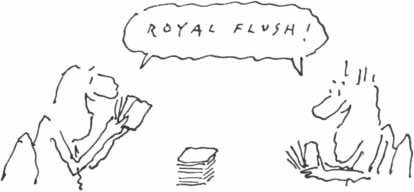| Dear Reader,
It’s November, and we go through the usual nonsense of changing the time (okay, I like the extra hour of sleep and getting up in the daylight, but what a production!). I found some interesting articles for you on what we mean about “time” and its physical properties. Also, as the weather worsens, we tend to cocoon ourselves in our transportation more, so let’s take a look through our archive at cars. And if you believe that humans are living in an overly complex society, life is not necessarily simpler for baboons in the wild, as you will see. |


Comments
Post a Comment